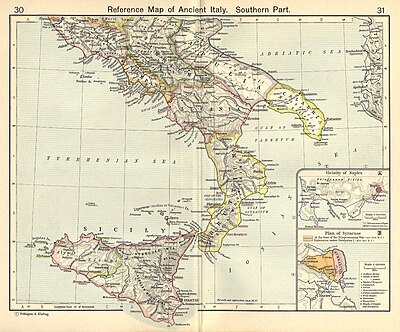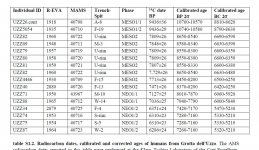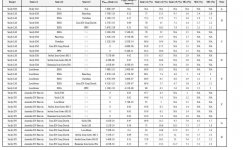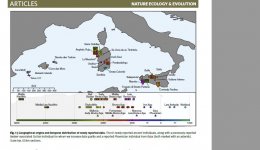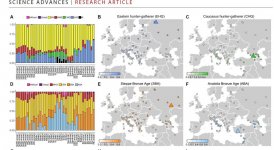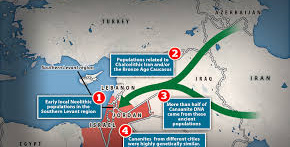Regio X
Regular Member
- Messages
- 1,109
- Reaction score
- 480
- Points
- 0
If I add Taforalt from Morocco, it gets a bit better for Iberians (lower distance). Not that much for Basques though.

I don't think we disagree in anything here.I'd hardly choose G25 over academic analyses, but I'll leave that aside. (For one thing, I think those steppe numbers are inflated which they are in anything Eurogenes produces.)
In general terms, and going by the analyses we've posted here, Iberians have, on average, a bit more WHG, and North Italians/Tuscans a bit more steppe. However, there are regional differences. Could we agree on that?
It's not much of a difference imo, but it's there.
Again, does anyone have a list of what the bar numbers in Raveane represent in terms of specific areas in Spain and Italy? Just direct me to the section of the paper or Supplement. Thanks in advance.
I also agree that we should take G25 with a "graint of sault", as you usually say.
As for Haak et al., no problem. The part that strikes me in that Chart is the absence of Louschbour in Spanish. Plus, if the study is from March 2015, it predates the "discovery" of CHG. ANE is a common element to EHG (~75%), Iran Neo (~50%) and CHG, and the addition of Satsurblia affected Yamnaya at G25. (It's actually funny how Nordicists make little of Iran Neo, given this relative similarity with EHG. Anyway, that's another story.)
Concerning Raveane, my impression is that all N. Italian clusters are related to more than one region. See the Excel file (sheets Cluster Composition CMD and HDD):
https://advances.sciencemag.org/hig...ire_adjunct_files/0/aaw3492_Data_file_S1.xlsx
Last edited:








